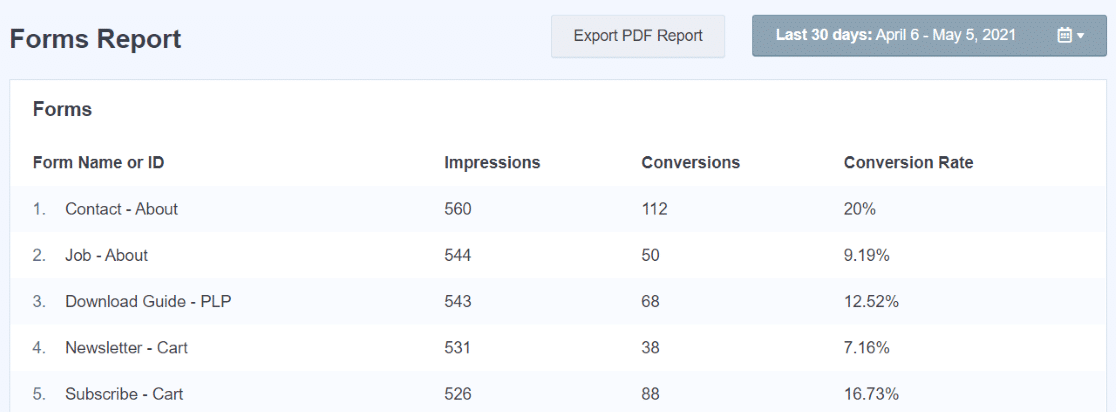Discover What Data Is Google Analytics Goals Unable to Track
Discover What Data Is Google Analytics Goals Unable to Track
Blog Article
Discover the Limitations of Google Analytics Goals: Unveiling the Information Kind That Remain Untrackable
As organizations progressively count on data-driven decision-making, understanding the constraints of tools like Google Analytics comes to be vital. While Google Analytics Goals deal beneficial understandings right into customer communications, there exist information types that avoid tracking, positioning difficulties to a detailed understanding of individual behavior.
Incomplete User Trip Tracking
Insufficient user trip tracking within Google Analytics can hinder the ability to accurately analyze user behavior. When the individual trip is not totally tracked, there are gaps in the information that protect against an extensive understanding of exactly how individuals communicate with an internet site. This absence of understanding can cause missed chances for optimization and enhancements to the individual experience.
One typical problem with insufficient customer trip tracking is the failure to see the full course that customers take in the past finishing an objective or leaving the site. Without this information, it is testing to recognize where users may be experiencing challenges or friction factors that avoid them from converting. Furthermore, incomplete tracking can obscure the influence of particular marketing initiatives or web site adjustments on customer actions.
To resolve this restriction, it is vital to establish proper monitoring mechanisms within Google Analytics to record the entire individual trip. This might include establishing up occasion monitoring, goal funnels, or making use of tools like Google Tag Supervisor to make sure that no essential communications go unrecorded. By obtaining a detailed view of the customer journey, web site owners can make even more educated choices to improve customer engagement and drive conversions.
Acknowledgment Challenges
Navigating with acknowledgment challenges in Google Analytics needs a comprehensive understanding of exactly how various touchpoints add to the total conversion process. Attribution difficulties develop from the complexity of contemporary client journeys, where users engage with several networks before converting.
One common acknowledgment difficulty is the difficulty in connecting conversions to the appropriate source, specifically in instances where customers connect with several networks prior to transforming. Furthermore, cross-device tracking postures an additional acknowledgment obstacle, as customers frequently change in between tools during their trip, making it testing to track their interactions flawlessly.
Offline Conversions
Provided the challenges related to associating conversions accurately in online channels, the dimension of offline conversions presents a significant chance for marketing professionals looking for a more detailed understanding of their customers' trip. Offline conversions describe actions that clients absorb the physical world, such as making purchases in brick-and-mortar shops or over the phone, attending events, or involving with printed materials - what data is google analytics goals unable to track. These conversions are important for businesses that run both online and offline, as they provide important understandings right into the performance of advertising projects throughout various touchpoints
Tracking offline conversions typically presented a substantial challenge for marketing experts, as it was challenging to connect these actions back to certain online communications properly. With innovations in technology, such as the combination of CRM systems, distinct identifiers, and voucher codes, organizations can now link the gap between online and offline information to obtain a much more alternative view of customer actions. By efficiently determining offline conversions, online marketers can enhance their strategies, allot resources more effectively, and ultimately enhance the general client experience.
Cross-Device Monitoring
Cross-device monitoring plays an important duty in recognizing the interconnected nature of consumers' digital official website interactions across multiple tools. In today's omnichannel world, where users perfectly switch in between mobile phones, desktops, and tablet computers, tracking their habits across these devices is essential for online marketers to acquire a detailed sight of their client journey.

In addition, personal privacy worries and regulations such as GDPR and CCPA have even more difficult cross-device monitoring. With users demanding more control over their information and boosted constraints on monitoring technologies, online marketers have to locate privacy-compliant and ingenious means to connect user communications throughout gadgets.
Dynamic Material Engagement
Recognizing individual involvement with vibrant material is pivotal in enhancing electronic marketing approaches for improved audience communication. Dynamic content describes site elements that change based on user behavior, preferences, or various other factors, using a personalized experience. Nevertheless, tracking customer communications with vibrant content poses difficulties for typical analytics tools like Google Analytics.
While Google Analytics can track basic communications like clicks and page views, it may have a hard time to record more nuanced involvements within vibrant material. what data is google analytics goals unable to track. Metrics such as time invested in details dynamic components, float activities, or interactions within pop-ups are commonly not conveniently measurable using conventional tracking methods. This constraint impedes online marketers' ability to completely grasp just how customers are involving with vibrant material and tailor their strategies Bonuses appropriately

Conclusion
In verdict, Google Analytics goals have restrictions in tracking insufficient user trips, connecting conversions precisely, recording offline conversions, tracking cross-device communications, and determining dynamic content engagement. These restrictions highlight the value of exploring additional monitoring approaches and tools to acquire a more comprehensive understanding of customer habits and conversions past what Google Analytics can provide.
While Google Analytics Goals deal important understandings right into user interactions, there exist data kinds that elude monitoring, presenting challenges to a thorough understanding of individual actions.Insufficient individual journey tracking within Google Analytics can prevent the ability to properly examine user actions. When the user trip is not fully tracked, there are spaces in the data that protect against an extensive understanding of how customers connect with an internet site.One usual problem with incomplete individual trip tracking is the failure to see the full course that customers take previously finishing an objective or leaving the website. By gaining a thorough view of the user journey, web site proprietors can make even more informed decisions to improve user engagement and drive conversions.
Report this page